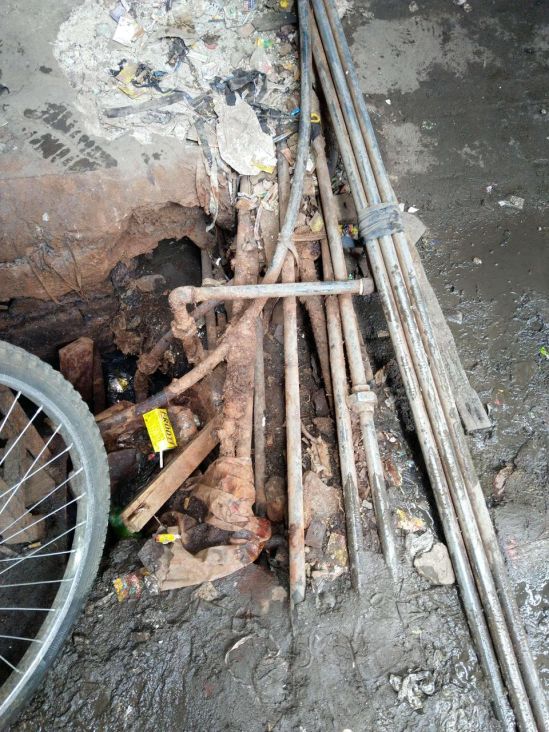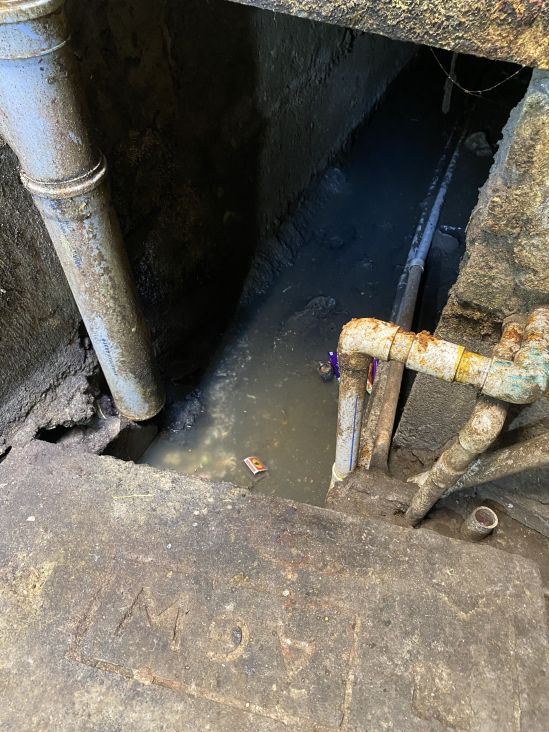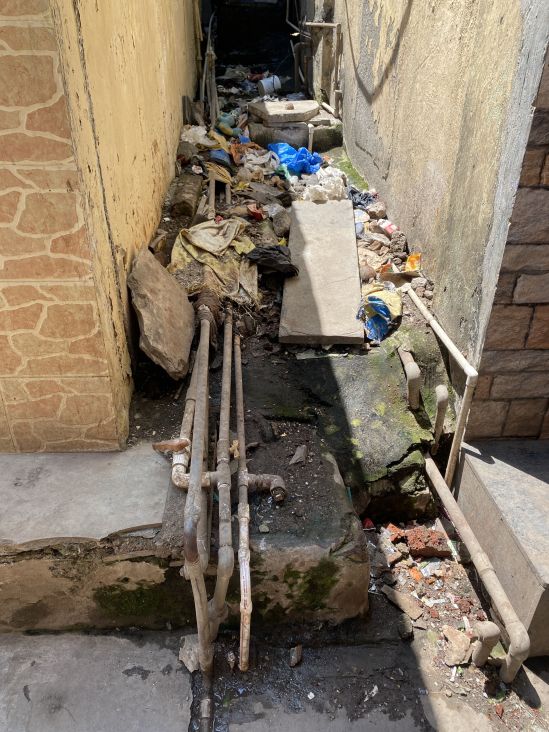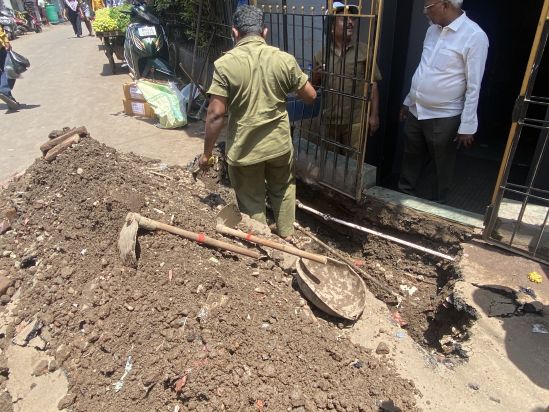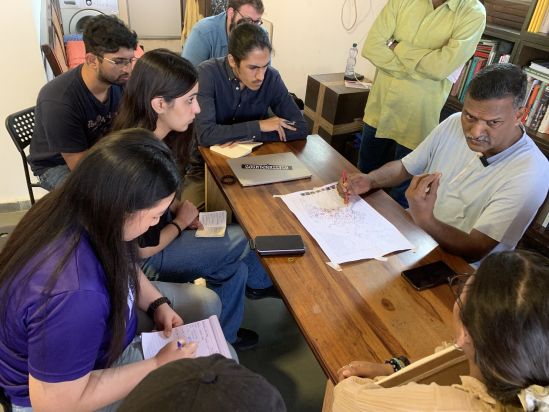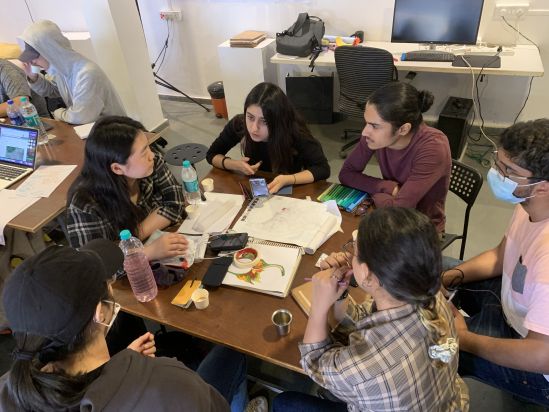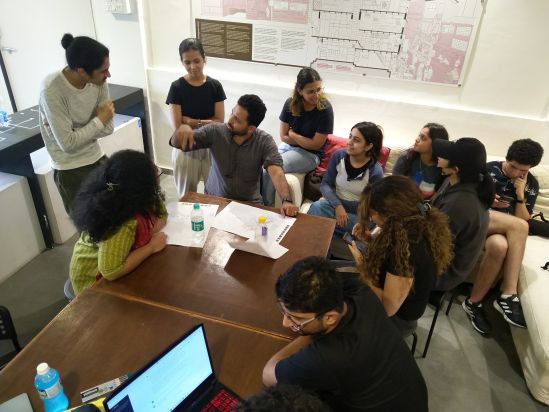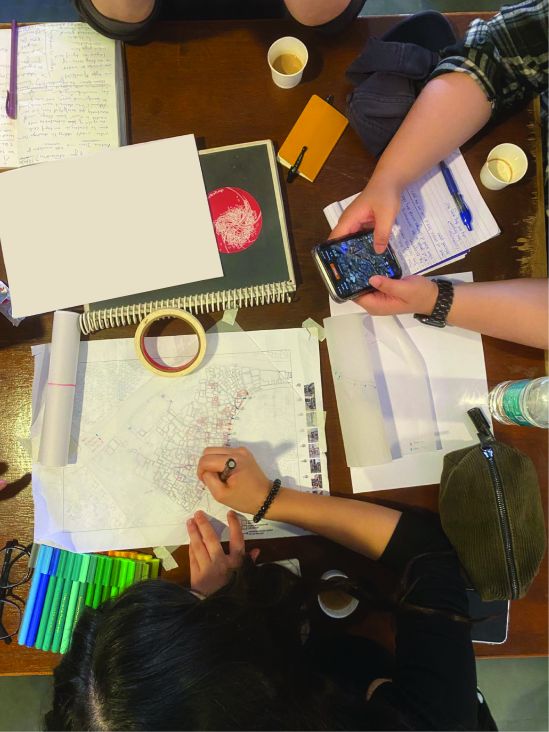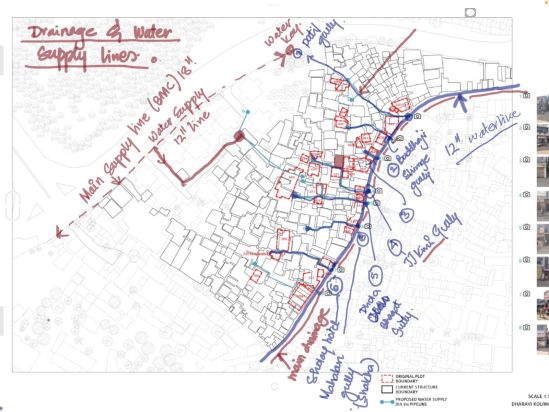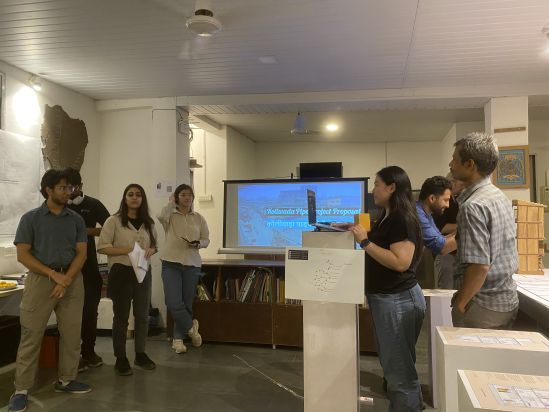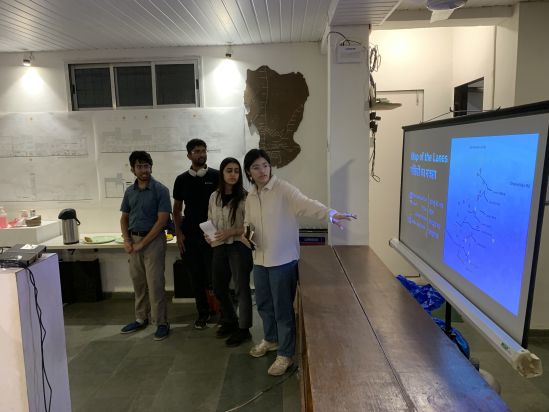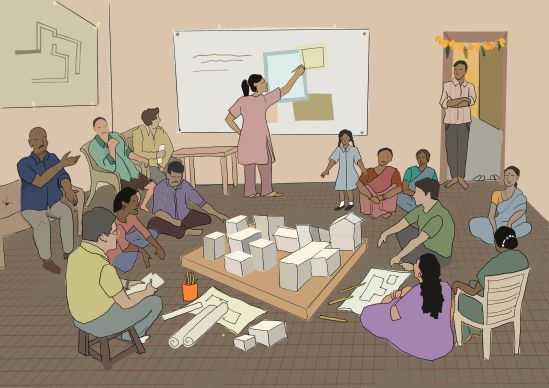Dharavi Koliwada Pipeline Project
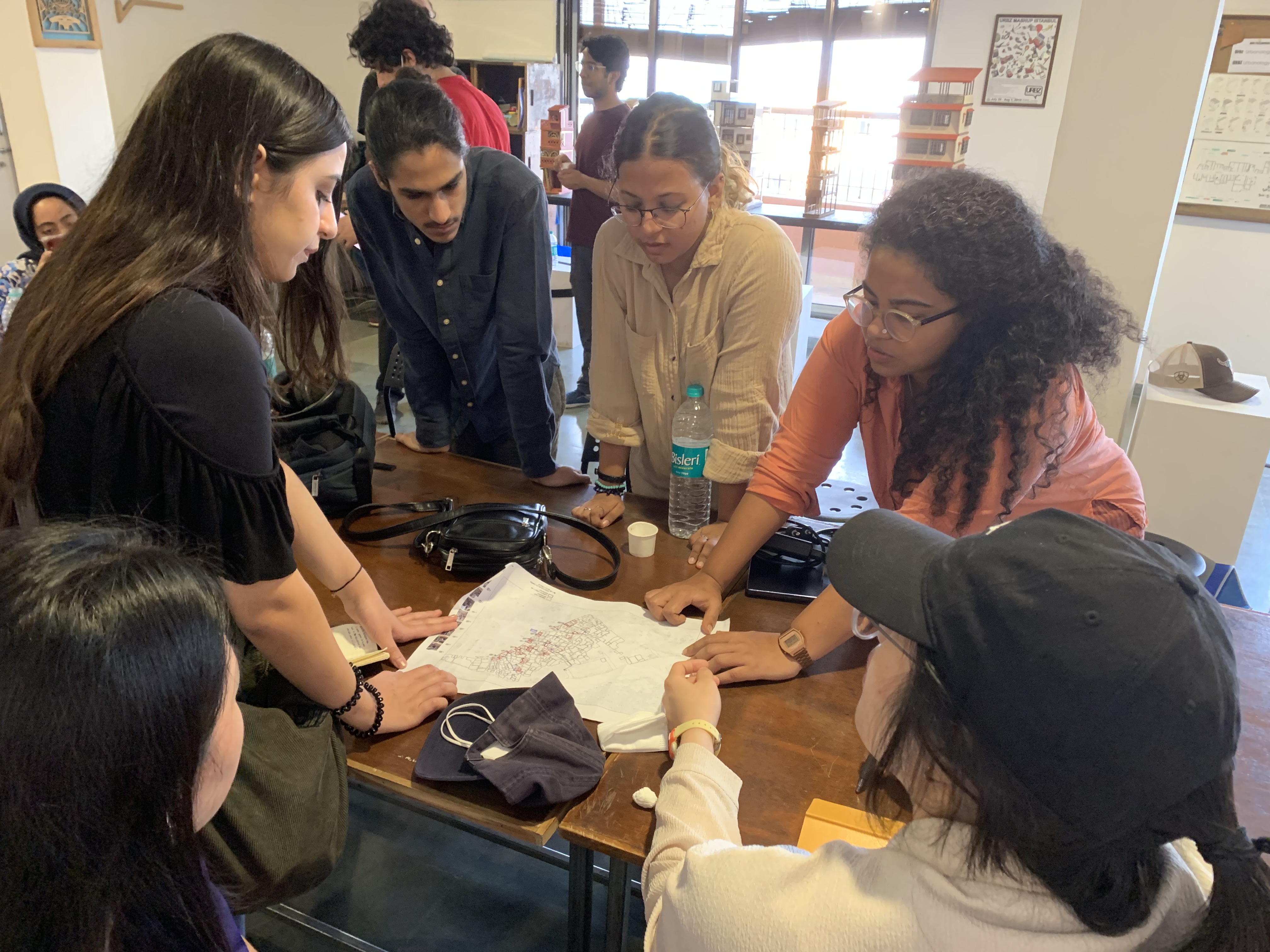
Dharavi Koliwada Pipeline Project
With a history of more than three centuries, the Koli community of Dharavi has been inhabiting, making and maintaining their neighbourhood. Layers of bitumen are being poured to renovate roads that cover up thousands of water pipes branching off to every household. These roadworks have affected some parts of the natural topography, including the roadworks by the local government to connect Sion-Bandra which has created a valley between Koliwada and Mahim Creek. During the monsoons, stormwater collects in the area, flooding houses that are low-lying.
In previous years, the NYUAD cohort studied the broader context and examined the chemical composition of pollutants in well water to revive existing wells by creating pipeline connections to the nearest community toilet.
Cut to 2023, a group of 4-5 students while meandering on the streets of Dharavi during their initial observations showed immense interest to address the issues related to the distribution and management of water at a macro scale for the Koliwada community. The research was initiated by interviewing the president and ex-secretary of the Koli Jamat trust (a local council for the community) who gave us technical inputs on the precise locations of three main pipes from which individual pipelines branch out for all the houses. Regular digging of roads is common, each time a new pipeline is fixed or repaired. They added "Jamat manages the municipal valves which supply water to the entire Koliwada twice a day. The land belonging to this community has a history of just twelve houses originally in the vicinity to now accommodate three thousand tenants post 2008 with a decline in major economic activities like alcohol production and trading of fish.” The current population of Koliwada is estimated at 8000 persons with almost 400 hundred families. According to a local resident, “Hundreds of water pipelines run in channels sandwiched between layers of bitumen poured over decades.”
The next set of primary research included interviewing residents across ages and sex and mapping existing lanes and sub-lanes to understand the ground reality. The entire street has a total of 7 main lanes and 8 sub-lanes which are not more than 3-4 feet wide with houses on either side.
Insights and observations from these interviews confirmed specific issues pertaining to narrow stormwater drains that restrict the flow of water as settlements expand. Locals aspire to upgrade their drainage, water supply and sanitation facilities.
On average a family stores 500 -1000 litres of water across two days, out of 3000 tenants that live in the community which is roughly 1500 tonnes of water for the entire locality. A simple solution proposed by the local council was to attach a 6-inch pipe to the main 9-inch pipe branching out in every lane to ease the distribution of water, however, the proposal is not quite actively followed due to excessive digging of streets for consecutive weeks, resulting in irregular water supply, restriction of movement and construction outside the houses.
The students went back and forth with regular interviews and mapping due to inconsistencies in existing government plans which haven't been updated since the 70s. Their work further opened up many possibilities. First was the drafting of design guidelines, strategies to raise awareness about the benefits of installing 6-inch pipes in individual lanes, Budgeting with cost-efficient materials, ways to install the new system without disrupting the old one, an observation period to ensure a smooth transition, and a contingency plan to cover residents whose water supply might inadvertently be affected. During the week, students gathered data through various sources and formed groups to further enquire about issues pertaining to the larger community. Over the course of the next seven weeks, they will detail out the design guidelines that could be tested out by the urbz team in collaboration with the Koli Jamat Trust.
